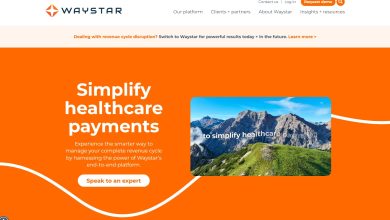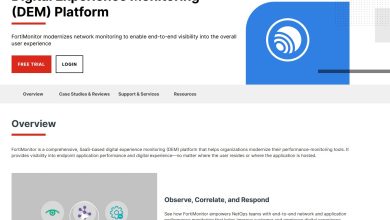
Written by Richard Mabey, CEO and co-founder of Juro.
Contract acceptance is one of the key elements of a contract, and a contract won’t be legally binding without it. With most business contracts, this acceptance is communicated through a signature, which demonstrates the parties’ agreement to certain terms and offers. But getting a contract to and beyond the signing stage can be a challenge, particularly amongst busy legal teams.
So how can you speed up the process of getting contracts across the line and remove friction from your sales contracts in 2022 without sacrificing the quality and understanding of them? Here are a few tips:
1. Build a more efficient contract process
A manual contract process is typically riddled with inefficiencies, and it’s common for there to be a lot of friction between contract parties and even departments within the organization when it comes to creating, reviewing, and approving contracts.
It’s common for a contract to be sat with a certain team for a long time collecting dust before it’s eventually reviewed and approved. These delays mean that the turnaround time for contracts can become lengthy, and sales teams can become impatient.
To prevent this from happening, you should flag areas of inefficiency in the contract lifecycle and find ways to automate these using contract lifecycle management software. For instance, if your business teams are spending long periods authoring contracts, why not implement automated templates to reduce admin and make the task significantly easier?
By improving the speed of these earlier stages of the contract lifecycle you can get your sales contracts to the signing stage more quickly, rather than waiting around.
2. Make your contracts visually appealing and digestible
Another thing to consider is how your contracts actually look. Although lawyers specialize in contracts, the majority of contracts are seen by ordinary people with no legal experience. If your contracts are full of legal jargon and crammed with dense, long sentences, it’s likely that the customer will spend longer reading over the terms.
By comparison, if you use media like images, tables, and other visual elements to separate this text and explain it, the contract parties are more likely to read over the contract more quickly as it’s easier to understand and digest.
Making your contracts visually attractive is also likely to convey to the counterparty that you put a lot of time and effort into formalizing the relationship, rather than rushing through yet another deal. This is an important trust cue for businesses, and it’s likely to improve the chances of a contract being signed with less back and forth.
3. Clarify the important details
It’s also good practice to try and bring the most important contract terms and details to the forefront of the contract, instead of trying to bury them within the rest of the lengthy terms.
This allows the counterparty to find the information that matters most to them at first glance, without having to crawl through pages to find it.
Although it’s important for both parties to read through a contract in its entirety, these important details are most likely to be dealbreakers and therefore subject to negotiation. Starting these negotiations as early as possible is essential to speeding up the rest of the contract process, so presenting this information to the counterparty at first instance is a great way to improve this pace.
4. Prepare your position for negotiations
Lots of contracts will never be subject to negotiation. However, lots will. In the instance that they are, you need to be prepared, which means understanding what you’re willing to change and compromise on in order to cut a deal.
If this hasn’t been decided prior to the negotiation stage, you could be waiting around for approval on fallback positions and new contract wording, which can result in an even longer contract turnaround time.
The most efficient thing to do is to look at your contract data and identify where friction points have occurred in the past and determine when they are likely to again. From here, agree on some specific terms and exceptions with the legal team to ensure that if a deal does come down to negotiation, you’re prepared to self-serve on it.
One of the most common ways to store this preparation is within a contract playbook where it can be accessed quickly and easily by any contract stakeholder, without needing to ask around.
5. Allow counterparties to sign online
Lastly, consider what you can do to make the way you and your counterparties actually sign contracts more efficient. Although wet ink signature has been the traditional way to sign legal agreements, there’s a wide range of technology available today that enables individuals and businesses to sign contracts electronically and using any device.
This eliminates the need for parties to be in the same room at the point of contract signing, and it makes the signing process itself more efficient and convenient.
Ultimately, by incorporating these top tips into your contract workflow, you can improve your chances of getting them signed faster and more efficiently, allowing your business to capture revenue even quicker.




